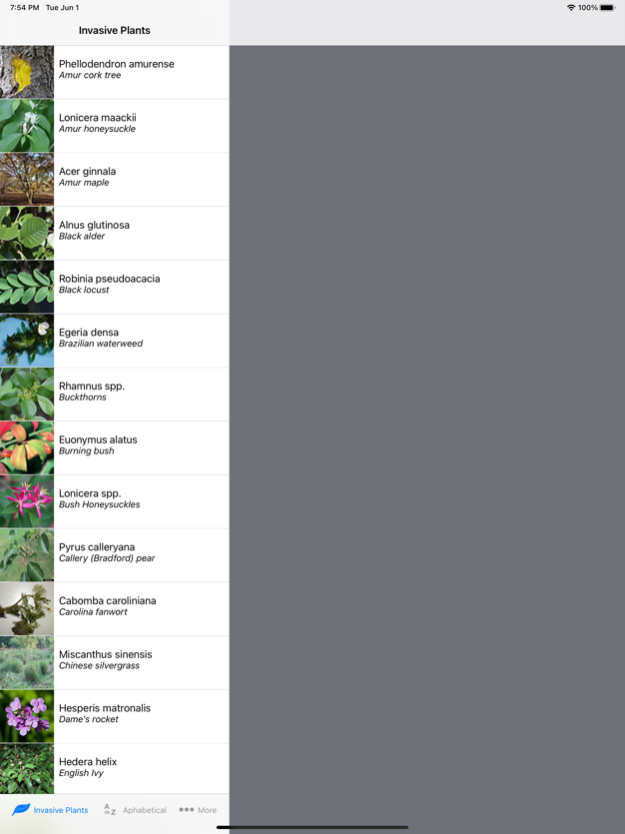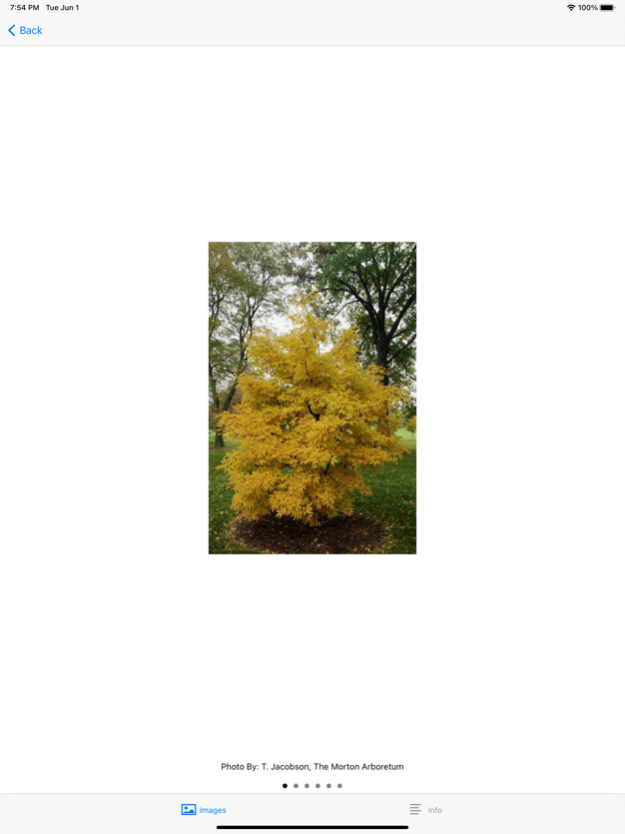Landscape Alternatives 2.4.5
Continue to app
Free Version
Publisher Description
Everybody loves a beautiful garden. Gardeners love plants that are adaptable, tough, and fast-growing. It’s even better if that plant produces showy fruits that attract birds or is an annual that self seeds, so it doesn’t need to be replanted every year. Unfortunately, many of these plant traits desirable to gardeners can also increase the likelihood that a plant jumps the garden fence and invades natural areas.
Invasive plants threaten our environment and economy. They pose an enormous threat to our native plants, animals, and ecosystems, and they cost the United States approximately $35 billion per year (www.invasivespecies.gov).
Although invasive plants are almost always not native to a region, it is important to note that most non-native species are not invasive. We use the following definitions.
Native (indigenous): A species that was present in North American prior to European settlement or has arrived since through natural means of dispersal.
Non-native (exotic, alien, introduced): A species that was brought to North America by humans, either deliberately or accidentally.
Invasive: A non-native whose introduction does or is likely to cause economic or environmental harm or harm to human health (from Federal Executive Order 13112).
People have introduced invasive species both accidentally and deliberately. This app focuses on plant species that are used ornamentally and have become invasive in at least part of the Midwest. Cultivars or hybrids produced from these species may or may not be invasive. In the few published cultivar evaluation studies, some cultivars prove to be more invasive than the parent species, others less or not invasive. We lack research about cultivar invasiveness for many of these species. When we have good evidence about a problematic or relatively benign cultivar, we list those specifically.
Suggested alternatives include both native species and non-native species that currently show no signs of becoming invasive.
Sep 20, 2021
Version 2.4.5
Added more colorblind-inclusive indication colors for invasive, exotic and native species.
About Landscape Alternatives
Landscape Alternatives is a free app for iOS published in the Kids list of apps, part of Education.
The company that develops Landscape Alternatives is Charles T. Bargeron. The latest version released by its developer is 2.4.5.
To install Landscape Alternatives on your iOS device, just click the green Continue To App button above to start the installation process. The app is listed on our website since 2021-09-20 and was downloaded 0 times. We have already checked if the download link is safe, however for your own protection we recommend that you scan the downloaded app with your antivirus. Your antivirus may detect the Landscape Alternatives as malware if the download link is broken.
How to install Landscape Alternatives on your iOS device:
- Click on the Continue To App button on our website. This will redirect you to the App Store.
- Once the Landscape Alternatives is shown in the iTunes listing of your iOS device, you can start its download and installation. Tap on the GET button to the right of the app to start downloading it.
- If you are not logged-in the iOS appstore app, you'll be prompted for your your Apple ID and/or password.
- After Landscape Alternatives is downloaded, you'll see an INSTALL button to the right. Tap on it to start the actual installation of the iOS app.
- Once installation is finished you can tap on the OPEN button to start it. Its icon will also be added to your device home screen.



